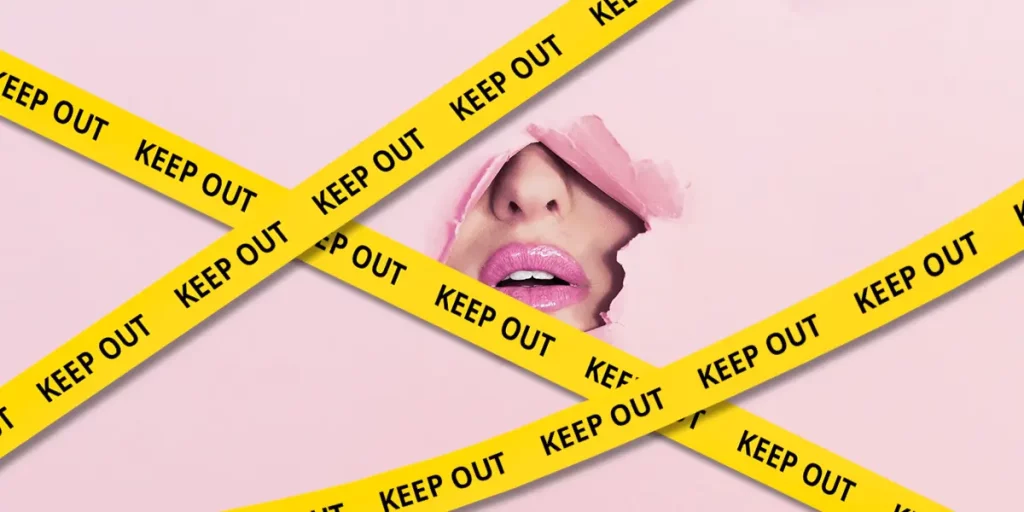Most of us have already signed one but only few of us have bothered to read it.
Yes, we're talking about the infamous NDA — a formidable document that prevents you from talking too much about your work.
In other words, the non-disclosure agreement is a legal contract that helps companies make sure their employees won't leak any confidential information.
However, these juicy details may come in extremely handy when writing a resume, creating an online portfolio or getting ready for a job interview.
Read on to learn how to cope with the limitations posed by the NDA and make it work towards the outcome you really want.
First, pick up your NDA and read it
In fact, adding confidential accomplishments to your resume or online portfolio is not forbidden. It just requires you to think smart and master the art of possible.
Even if you had to sign an NDA, there's no reason to freak out. These documents aren't supposed to silence the employees but rather protect the company issuing them.
The first thing you should do, then, is grab the copy of your NDA and read it through.
Understanding the agreement is your key to be able to push its boundaries. Take your time to study it over and over again until you fully understand it along with the caveats it entails.

Different NDAs, different rules
First, you need to realise that not every NDA contract is the same.
The thing is, NDAs reference the information not to be disclosed as confidential in nature. That generally concerns technical documentation, information which is non-public and which would be detrimental to the company interests if it were to get out.
However, NDAs vary pretty widely in what's forbidden to be talked about.
Some agreements are extremely restrictive, whereas others are pretty loose and hiding the client’s name is enough. And some NDAs are even set to expire after a certain time period (go check that first).
Most of them won't let you discuss the details of the project but — perhaps except for the CIA — most of them do let you discuss the existence of the said project. As long as you don't slip out any information a competitor might glean an advantage from, you should be perfectly fine.

Non-disclosure agreement vs resume: Focus on the results
You may be thinking everybody's eager to hear about the final product. But, in fact, it's not your destination but your journey that reveals the most about your work — your expertise, personality or skills.
Remember, those who are reading your resume don't necessarily need to know the project itself. They want to see the results, and as far as you can describe those, you've done your job well.
Rather than disclosing any confidential details — such as techniques used or client names — focus on the value that you brought to the process. Describe the position in terms of technologies, size or objectives and refer to your job responsibilities and achievements.
The description of your work, without breaching the NDA, could then sound something like this:
- "Lead international business teams that included members from multiple Fortune 100 companies, ensuring successful delivery of multi-year, industry leading projects."
- "Developed and implemented client service program for a leading tech company, which expanded small-to-medium client base 35%."
- "Advised three Fortune 500 companies on database performance issues."
Even if your projects happen to be under an ironclad non-disclosure agreement, there's always a way to deal with it.
By using adjectives to hint at your employer's prestige and including the Fortune ranking lists, you're free to discuss any responsibilities and achievements you deem particularly important.

Online portfolio: Communicate the value of your work
Here's another scenario.
You've just finished your best work to date and realized adding it to your online portfolio would give your career an intergalactic boost. However, NDA has shattered your plans of discussing crucial parts of your project that make your skills stand out.
A real bummer, that is. Or maybe not.
First, don't let the NDA make you lose heart. Try to explore various different ways to communicate the value of your protected material.
Depending on the type of your NDA, you may have to think beyond the project to achieve the same results:
- Write a short blog post about what you learned working for Company XYZ to describe your journey and highlight your expertise.
- Turn your attention to a side project in which you demonstrate similar skills as in your protected project.
- Drop the name of Company XYZ in the clients' section of your portfolio to show you have collaborated with them or worked for them.
Remember, a signed NDA should never be an excuse for an empty portfolio. You need to identify the value of your work and look for alternative ways to communicate the desired message.
Don't miss the chance to stir up some drama
Job applications hardly ever cause recruiters to raise an eyebrow. So why not put in a little teaser to spice things up a bit?
Mention the NDA on the margins to let them know you must take extra care to avoid violating the agreement.
It's far more interesting to reveal a bit of something and then say that you cannot talk about it any further. Sounds terribly juicy, to say the least!
Let's throw in an example or two to help you get the idea:
- "Evaluated mission-critical information for a confidential project at industry dominant company (subject to a non-disclosure agreement; no further details available)"
- "Managed a multi-million budget for a confidential project (subject to NDA, no further details available) at Fortune 100 company."
Don't worry, though, your prospective employer will definitely respect the confidentiality of the information. What's more, they may even appreciate your professional integrity in sticking to the NDA, which in turn may boost your credibility and trustworthiness.
And that sounds like a great win-win situation, doesn't it?
Use our AI resume builder to create a resume that highlights your capabilities and respects confidentiality.



